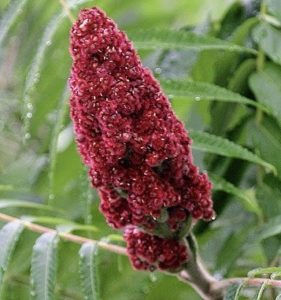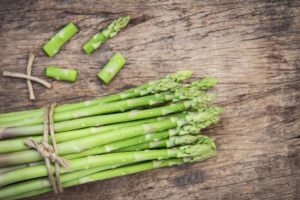 Sumac berries, the crimson jewels of the wild, have been valued for centuries for their bold flavor and potential health benefits. These small, reddish-purple fruits grow on the sumac shrub, commonly found in temperate and subtropical regions across the Middle East, North Africa, southern Italy, and parts of North America.
Sumac berries, the crimson jewels of the wild, have been valued for centuries for their bold flavor and potential health benefits. These small, reddish-purple fruits grow on the sumac shrub, commonly found in temperate and subtropical regions across the Middle East, North Africa, southern Italy, and parts of North America.
What Are Sumac Berries?
Sumac berries come from plants in the Rhus genus, with the most commonly used culinary variety being Rhus coriaria. Once harvested, the berries are dried and typically ground into a coarse powder that is widely used as a spice in Middle Eastern cuisine. Their flavor is distinctly tart and lemony, making them a popular souring agent before lemons became widely available.
What to Do with Sumac Berries
- Make Sumac Spice
- Dry the berries completely.
- Rub them through a sieve or grind them in a spice grinder.
- Use the tart, lemony powder in spice blends like za’atar, or sprinkle on meats, roasted veggies, or salads for a citrusy tang.
- Brew Sumac Tea or “Sumac-Ade”
- Soak a handful of berries (fresh or dried) in cold water for several hours or overnight.
- Strain and sweeten with honey or maple syrup.
- Enjoy chilled as a refreshing, vitamin C-rich drink.
- Create a Vinegar or Infused Oil
- Steep dried sumac berries in vinegar for 1–2 weeks to make a tangy, reddish infusion perfect for dressings.
- Or, infuse in olive oil for a subtly fruity kick in marinades.
- Use in Marinades and Rubs
- Add ground sumac to dry rubs for chicken, lamb, or fish.
- It adds acidity without moisture, perfect for a bright, balanced flavor.
- Natural Dye
- Sumac berries can be boiled to produce a reddish or purplish natural dye, often used for fabrics or craft projects.
- Medicinal or Herbal Use
- Some traditional herbalists use sumac tea as a mild astringent or to help with sore throats and inflammation.
Harvesting and Caution
Wild sumac can be foraged in late summer or early fall. The berries are usually clustered in cone-shaped drupes. It’s important to correctly identify edible sumac and avoid contact with poison sumac, which has white berries and grows in wet, shady areas. To be safe, we sell Sumac Berries from our organic farm, check out the store at www.rumarfarm.ca
Sumac berries offer more than just a tangy kick — they connect cultures through culinary tradition and natural medicine. Whether sprinkled on a dish or brewed into a drink, sumac adds zest and depth to both food and wellness routines.
Here is what is available this week at www.rumarfarm.ca
Wild Sumac Berries
Peaches
Early Golden Plums
Cucumbers
Onions
Garlic
Kale, Swiss Chard, Collards
Summer Squash
Zucchini
Squash Blossoms
Beets
Sweet and hot Peppers
Eggplant
Radish
Herbs
Fresh Eggs and Honey



